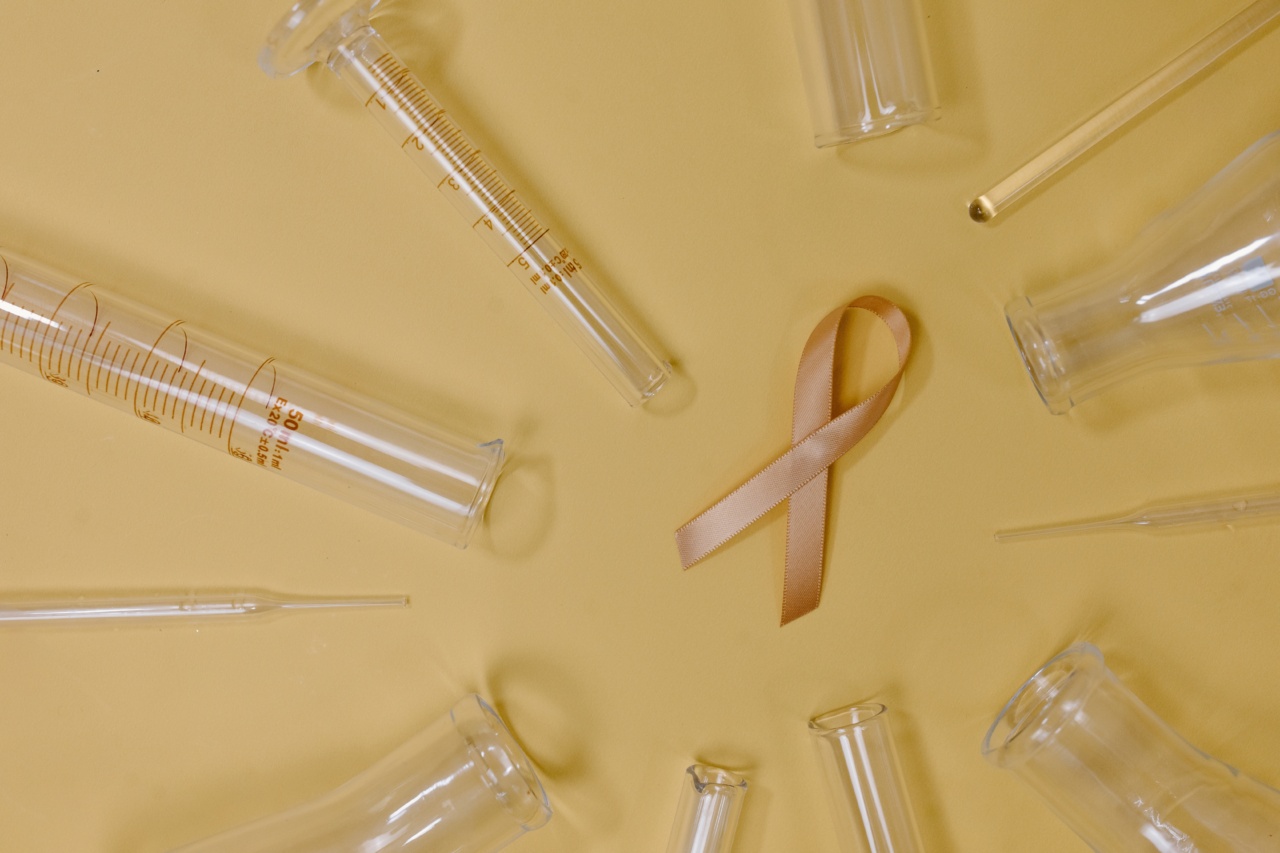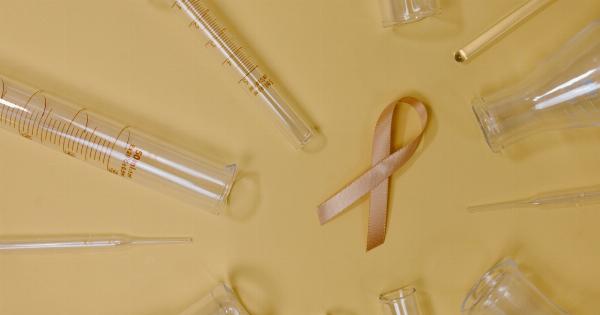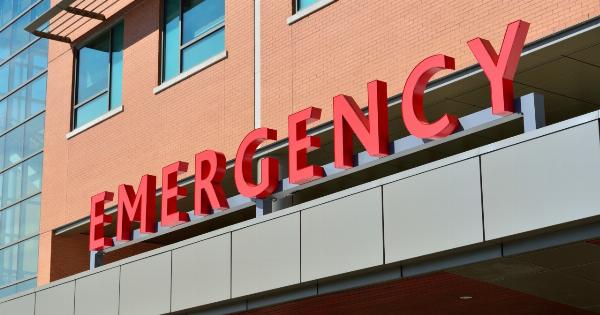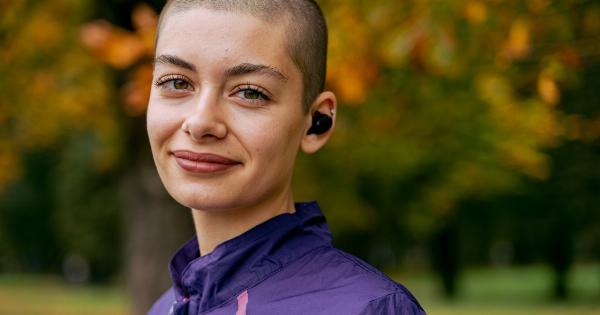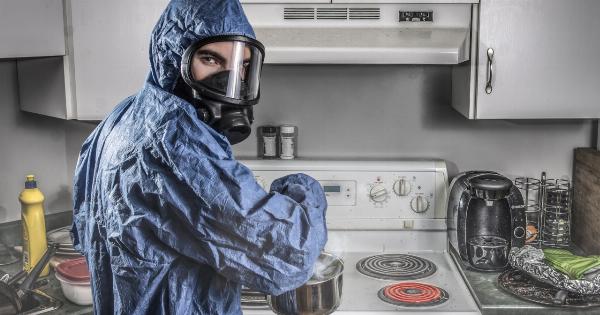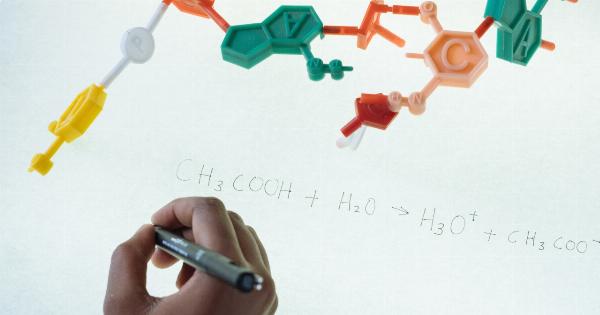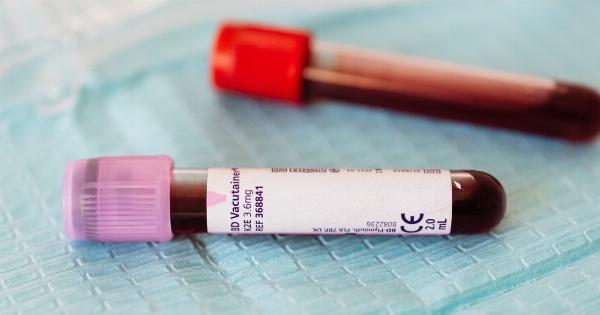Breast cancer is a devastating disease that affects millions of women worldwide. While advancements in treatment options have increased survival rates, there is still a significant risk of cancer recurrence.
However, a breakthrough blood test has emerged as a promising tool in accurately identifying the risk of breast cancer relapse.
The Need for Reliable Breast Cancer Relapse Detection
After completing breast cancer treatment, patients remain vigilant about the potential return of the disease. The fear and anxiety associated with the uncertainty of relapse can have a significant impact on a survivor’s quality of life.
Currently, doctors rely on imaging tests such as mammography, MRI, and PET-CT scans to detect any signs of cancer recurrence.
While these imaging tests have proven to be effective to some extent, they are not always reliable in detecting cancer at its earliest stages. Additionally, these tests can be expensive and may expose patients to harmful radiation.
Therefore, there has been a pressing need for a non-invasive, cost-effective, and accurate method to determine the risk of breast cancer relapse.
The Promise of Liquid Biopsies in Cancer Detection
Liquid biopsies, also known as blood tests, are emerging as a game-changer in cancer detection.
These tests analyze circulating tumor cells (CTCs) and cell-free DNA (cfDNA) in the bloodstream, providing valuable insights into the presence of cancer or cancer-associated genetic mutations.
Scientists have discovered that cancer cells release fragments of their DNA into the bloodstream, making it possible to detect their presence through a simple blood test.
Liquid biopsies have already shown great promise in detecting the early stages of various types of cancer, including breast cancer.
Using Liquid Biopsies to Evaluate Breast Cancer Relapse Risk
A recent study conducted by a team of researchers from a renowned cancer research institute focused on using liquid biopsies to assess the risk of breast cancer relapse accurately.
The study involved collecting blood samples from breast cancer survivors and analyzing the CTCs and cfDNA present in their circulation.
The researchers identified specific genetic mutations and gene expression patterns associated with a higher risk of breast cancer relapse.
By comparing these patterns with those of healthy individuals and cancer-free survivors, they were able to develop a reliable algorithm that predicts the risk of relapse accurately.
Advantages of the Breakthrough Blood Test
This breakthrough blood test holds immense potential in breast cancer management due to several notable advantages:.
1. Increased Sensitivity
The blood test offers increased sensitivity in detecting circulating tumor cells and cancer-associated DNA fragments. This allows doctors to identify even the smallest traces of cancer cells, which may not be detected through traditional imaging tests.
2. Early Detection
By identifying genetic mutations and gene expression patterns associated with breast cancer relapse, this blood test enables early detection of potential recurrence.
Early detection significantly increases the chances of successful treatment and improved outcomes for patients.
3. Non-Invasive
Unlike other diagnostic procedures, such as biopsies or imaging tests, this blood test is completely non-invasive. It only requires a simple blood draw, making it more accessible and convenient for patients.
4. Cost-Effective
Compared to expensive imaging tests, a blood test for breast cancer relapse is a more cost-effective option.
This makes it a viable choice for patients who may not have access to advanced imaging technologies or cannot afford expensive medical procedures.
5. Reduced Radiation Exposure
Traditional imaging tests, such as mammography or PET-CT scans, expose patients to ionizing radiation. The breakthrough blood test eliminates the need for repeated imaging, reducing the cumulative radiation exposure for breast cancer survivors.
The Road Ahead
While the breakthrough blood test holds immense promise, further research and validation are necessary before it can be widely implemented in clinical practice.
Additional studies with larger patient populations are required to refine the algorithm and ensure its accuracy and reproducibility.
Furthermore, regulatory approvals and standardization processes need to be completed to ensure the reliability and consistency of results across different laboratories and healthcare facilities.
Conclusion
The breakthrough blood test that accurately pinpoints the risk of breast cancer relapse offers hope for breast cancer survivors worldwide.
By providing a non-invasive, cost-effective, and sensitive tool for early detection, this test has the potential to significantly improve survival rates and enhance the quality of life for millions of women affected by breast cancer.
